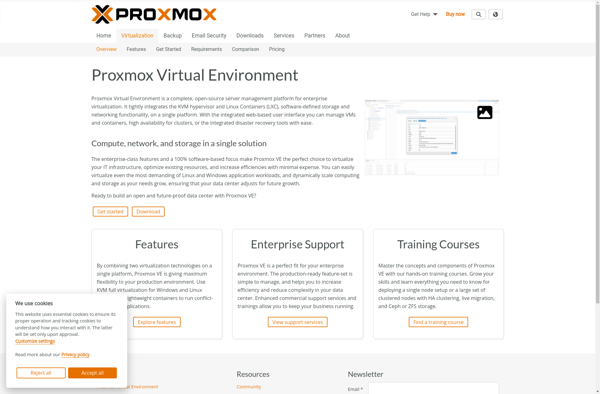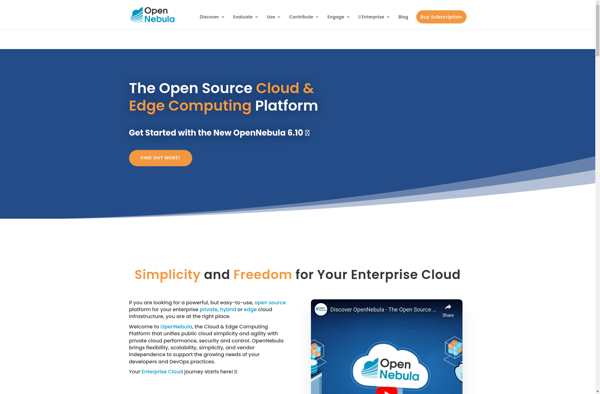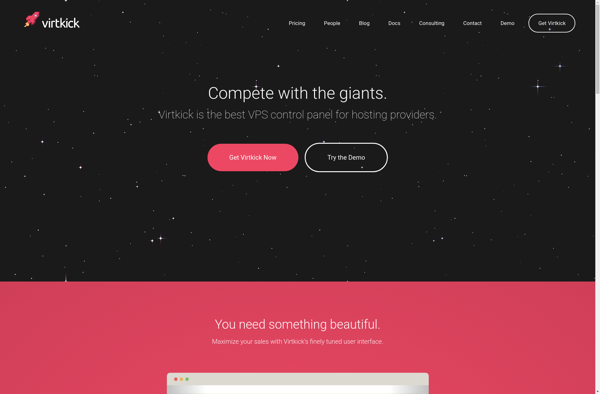ZeroStack
ZeroStack: Open Source Serverless Platform
ZeroStack is an open source platform that provides serverless infrastructure for developers to build, run and scale applications without managing servers. It offers auto-scaling, built-in monitoring, and simplifies operations.
What is ZeroStack?
ZeroStack is an open source platform that allows developers to build, run and scale applications without having to manage servers or infrastructure. It provides a serverless architecture and completely abstracts away the underlying infrastructure.
Some key features of ZeroStack include:
- Auto-scaling based on demand
- Built-in monitoring, logging and analytics
- Global deployment across regions
- Integrated security and compliance
- Support for microservices and containerized applications
- Automated high availability and failover
- Pay-as-you-go pricing model
- APIs and CLI for management and automation
- Works with all popular development frameworks
By using ZeroStack, development teams can focus on writing code rather than maintaining infrastructure. The platform handles all the undifferentiated heavy lifting around deploying, securing and operating applications at scale. It's ideal for startups and companies that want to accelerate development.
ZeroStack Features
Features
- Self-driving infrastructure
- Built-in monitoring and logging
- Auto-scaling
- Serverless functions
- API gateway
- Object storage
- Identity and access management
- Continuous deployment
Pricing
- Open Source
- Custom Pricing
Pros
Cons
Official Links
Reviews & Ratings
Login to ReviewThe Best ZeroStack Alternatives
Top Development and Serverless Computing and other similar apps like ZeroStack
OpenStack

Proxmox Virtual Environment

Microsoft Hyper-V Server

Citrix Hypervisor

OpenNebula

Virtkick
